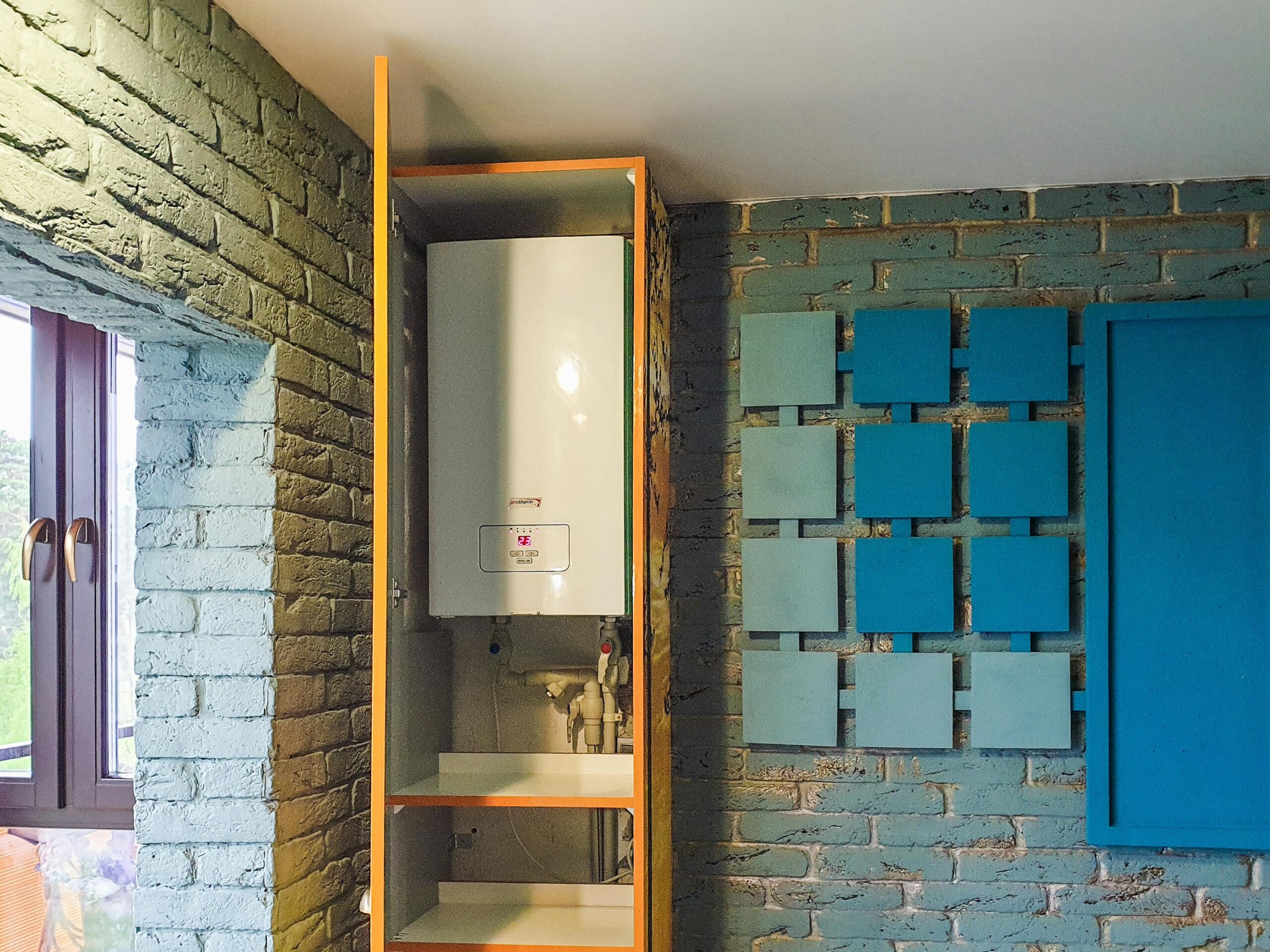When it comes to upgrading your home’s water heating system, tankless water heaters have emerged as a popular alternative to traditional tank models. These innovative appliances provide on demand hot water while potentially reducing your utility bills and freeing up valuable space in your home. However, like any major home improvement decision, choosing water heater technology requires careful consideration of various factors including installation requirements, long-term costs, and your household’s specific hot water needs. This article explores the advantages and disadvantages of tankless water heaters to help you determine if this energy efficient water heater option is the right choice for your home.
How Tankless Water Heaters Work
Unlike conventional water heaters that continuously heat and store water in a large tank, tankless models heat water only when you need it. When you turn on a hot water tap, cold water flows through the unit where it’s quickly heated by either electric coils or gas burners. This on demand hot water system eliminates the standby energy losses associated with traditional tanks that keep water hot 24/7. The heating process happens almost instantaneously, providing a continuous supply of hot water without the limitations of a storage tank. Modern tankless units are equipped with digital controls that allow precise temperature settings and some even offer smartphone connectivity for monitoring energy usage and adjusting settings remotely.
The Advantages of Going Tankless
The most compelling benefit of tankless water heaters is their energy efficiency. By heating water only when needed, these units can reduce energy consumption by 24-34% in homes that use 41 gallons or less of hot water daily, according to the U.S. Department of Energy. This improved efficiency translates to lower utility bills and a reduced environmental footprint. Homeowners who install these energy efficient water heater systems may also qualify for federal tax credits or local utility rebates, further enhancing their cost-effectiveness.
Another significant advantage is the unlimited supply of hot water. With a tankless system, you’ll never experience the dreaded cold shower that happens when a traditional tank runs empty. This makes tankless heaters particularly valuable for households with high hot water demands or for homes with luxurious bathroom fixtures like rainfall showerheads or deep soaking tubs. As experts at AskHomey point out, this continuous hot water supply can be a game-changer for large families where multiple showers, laundry, and dishwashing might happen simultaneously.
Space-saving is another key benefit. Tankless units are typically about the size of a small suitcase and can be mounted on a wall, freeing up valuable floor space. This compact design makes them ideal for smaller homes, condos, or properties where mechanical room space is limited. Their sleek, modern appearance also integrates well with contemporary home designs.
Potential Drawbacks to Consider
Despite their advantages, tankless water heaters come with some notable drawbacks. The initial investment is significantly higher than traditional tanks, with purchase and installation costs often ranging from $1,000 to $3,000, compared to $300-$700 for conventional models. This higher upfront cost means the payback period through energy savings can take several years to realize.
Installation complexity presents another challenge. Converting to a tankless system often requires upgrading gas lines, venting, or electrical systems to accommodate the higher power demands. These modifications can add substantially to the overall project cost and may require permits and professional installation by specialized technicians.
Another consideration is the “cold water sandwich” phenomenon. This occurs when hot water is briefly demanded, shut off, and then demanded again in quick succession. Users may experience a brief burst of cold water between hot flows because the heater takes a moment to restart. While not a major issue for most uses, it can be surprising and uncomfortable.
Is a Tankless Water Heater Right for Your Home?
When choosing water heater technology, several factors should influence your decision. First, consider your household’s hot water usage patterns. Homes with high simultaneous demand may benefit most from the unlimited supply of a tankless system, while those with modest needs might not justify the higher investment.
Your existing home infrastructure also matters. Older homes may require significant electrical or gas line upgrades to support a tankless system. Additionally, consider the climate where you live—in colder regions, tankless water heaters must work harder to heat very cold incoming water, potentially reducing their efficiency advantage.
The expected length of home ownership is another important factor. The longer you plan to stay in your home, the more likely you’ll recoup the higher initial investment through energy savings. If you’re planning to sell within a few years, you might not see the full financial benefit, though the tankless system could be an attractive selling point for energy-conscious buyers.
Making Your Decision
When weighing tankless water heater pros cons, remember that the best choice depends on your specific circumstances. Consider consulting with a qualified plumber who can evaluate your home’s existing systems and recommend appropriate options based on your hot water needs and budget. Getting multiple quotes can help you understand the full scope of costs involved in switching to an on demand hot water system.
For more tips and to connect with reliable home service professionals, follow AskHomey on Facebook and Instagram.



